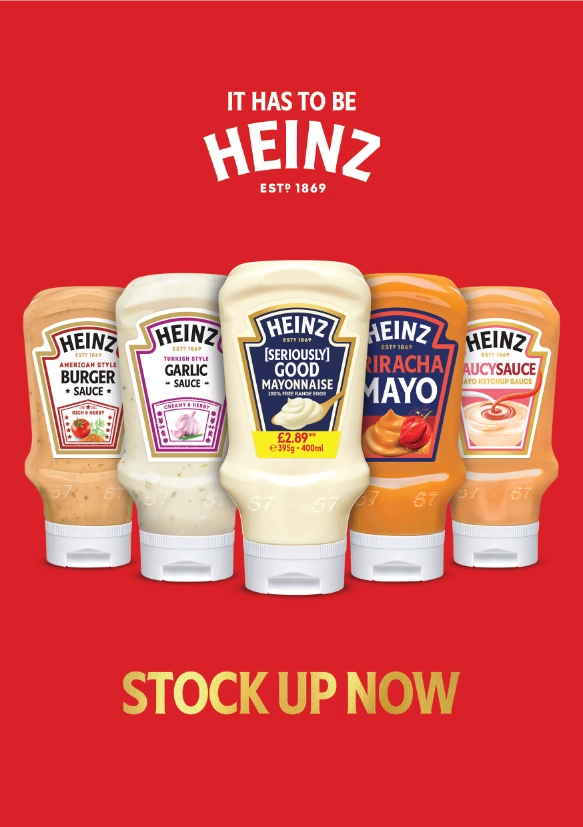Top-up Shopping
The pandemic feels like a distant memory at times but there’s no denying that the effects have certainly been long-lasting. Consumers were forced to change the way they shopped, moving to online shopping and bulk shopping so they didn’t need to leave the house more frequently than necessary. Moreover, working from home set a trend for the future that’s had a domino effect on the way people live, eat, and shop today.
According to Mintel, the UK convenience store market is set to experience consistent growth over the next few years, due to a ‘shift towards more frequent top-up shopping’. It is predicted that the convenience market could grow up to 12% between 2025-29.
Convenience stores are built to fit around busy schedules, which is exactly why this trend is growing. Consumers are time-poor and convenience stores offer the option to pick up the essentials, when they need them.
Another reason could be down to the cost-of-living crisis. Customers are buying only what they need, helping to reduce basket spend and food waste.
Hybrid Working
The rise of hybrid working has forced customers to change their routines, shifting from larger, bulk shops to smaller, top-up trips – generally via convenience stores – driven by proximity, ease, and flexibility. Consumers working from home may now pop to the local shop for a quick meal or snack during the day, an excuse to get some fresh air and to save having to make something themselves.
Online Shopping
Online shopping boomed during the pandemic – and it’s still at an all time high due to consumer desire for fast convenience.
The latest ACS Local Shop Report states that 47% of independent retailers currently offer home delivery and within this, 34% have no minimum spend, 36% have no delivery charge, and 66% have no premium pricing, showing how they’re adapting to make online shopping more desirable to those deterred by additional costs for convenience.
In the UK Convenience Stores Market Report 2025 by Mintel, it says: “Although six in ten convenience store shoppers prefer in-store visits, the appeal of rapid delivery is particularly strong among certain consumer groups. Failure to offer rapid delivery risks alienating these groups and missing out on their considerable purchasing power. However, retailers must strike a balance between offering such services and ensuring consistent in-store footfall, and that drivers don’t disrupt day-to-day operations.”

Social Commerce
An interesting and fairly new trend is social commerce. Social commerce is a form of online shopping, where customers purchase directly on social media platforms, such as Instagram or Tiktok. Platforms are acting as inspiration boards and product researching tools. Many of these products are beauty or clothing, however drinks by bulk and food are available, too – and they’re often selling for a very appealing price.
A recent report by Mintel called ‘From Scroll to Sale’ has found that, “while younger consumers will drive much of the growth in the social commerce market, consumers across all generations will gain increased familiarity and confidence with the social shopping process, ensuring that social media will continue to be a prime point for engagement and connection with brands regardless of purchase habits.”
Technology and Digital Influences
Loyalty apps are as important if not more important than they were before the pandemic. According to Lumina, technology and digital in convenience retail is ‘evolving rapidly’, with convenience retailers ‘investing to boost efficiency in energy and staff’.
The report also said that to evolve loyalty strategies, retailers should look to make them ‘hyper-personalised’.
With everything that has happened over the last few years, the good news is that the convenience market is still in growth and forecast to grow by +3.1% in 2025, with a value of £48.8bn. While there have been challenges, from the pandemic to HFSS (High Fat, Salt & Sugar) restrictions, to tighter rules on single-use plastics and vapes, the convenience market remains strong.





